![]()
|
George
Wade Potteries |
Location and period of operation:
|
George Wade Potteries George
Wade and Son Ltd Wade Potteries Wade Ceramics |
Burslem
Etruria * |
c.1867 1922 1935 1989 |
1922 1975+ 1989 Dec 2022 |
* In 2010 the business moved from Burslem to a purpose-built factory in Etruria.
|
Wade Ceramics |
Etruria |
May 2022 |
|
|
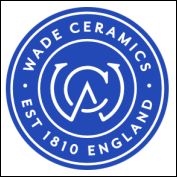
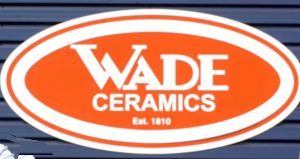
Jessie van Hallen Jessie Elaine Hallen, known as Jessie Van Hallen, was a British ceramicist who worked for George Wade from 1930-1940.
George Albert Wade made a conscious decision that he wanted to move towards the lucrative giftware market, no doubt having seen the success of both Wade Heath & Co Ltd at their Royal Victoria Works as well as A.J. Wade Ltd at the Flaxman Pottery.
With this in mind George hired Jessie Hallen to work for him at the Manchester Pottery initially modelling garden gnomes for Carter's seeds progressing to flowers, animals and ladies.
In 1930 Jessie was allowed to set up her own small department at Wade's Manchester Pottery, reporting directly to George Wade himself. Here she produced her delicate floral arrangements, and now famous lady figurines. With her great gift for modelling and his flair for marketing, they were a formidable pair. Eventually Jessie had studios in all three factories.
Wade Whimsies
Marks used on ware for identification:
TRADE NAMES:-
WHIMSIES
MINIKINS
HATBOX SERIES

c.1936+
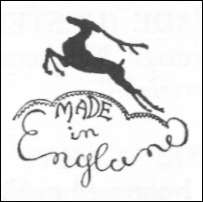
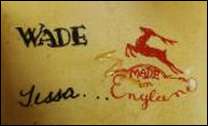
c.1936+
[this mark appears in a 1947 trade directory]

c.1947+
[this mark appears in a 1960 trade directory]
|
This owl mark type was used at the Manchester pottery for items made for the "free market", in other words, items not made to a customer's own design but intended for the general market. Examples of Wade industrial ware using this mark are ceramic cleats, ceiling roses, insulators and electrical fire element holders. |
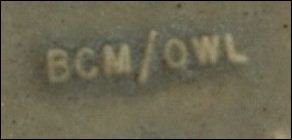
BCM/OWL
|
The letters 'BCM' (for British Commercial Monomarks) were to be used on goods along with an identifying name to uniquely identify the manufacturer and provide a method of corrispondance. Only a small number of pottery companies used the BCM system. George Wade & Son Ltd used 'OWL' as their identifying name. |
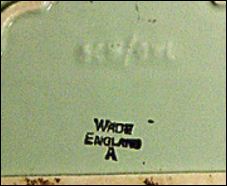
BCM/OWL
Wade
England
A
the letter 'A' denotes that this
was made under the
Wartime Concentration Scheme
c.1942-52
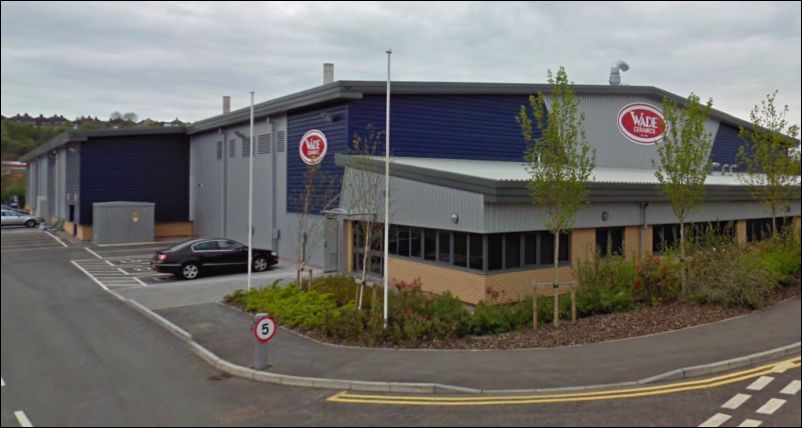
Wade purpose built works at the
Festival Park, Etruria
Google Street View - April 2011
|
Wade Ceramics Paragon Works On the 25th October 2018 Wade opened a second factory at the former Aynsley China building, in Longton - this factory will be called Wade Ceramics, Paragon Works "The expansion will allow Wade's Etruria factory to focus on the production of the company's ceramic spirit bottles, while the new Paragon Works factory will produce homeware, kitchenware and fragrances - including their renowned 'gluggle jugs.'" The new factory has approximately 28,000 sq ft for manufacturing and storage, and provides an additional casting and production facility. |
Questions, comments, contributions? email: Steve Birks